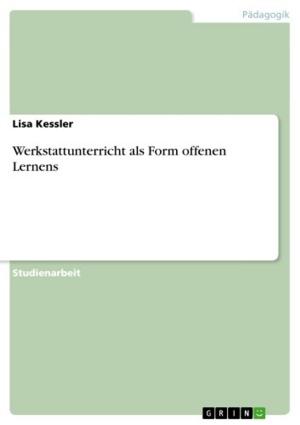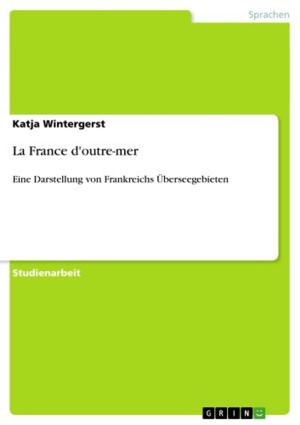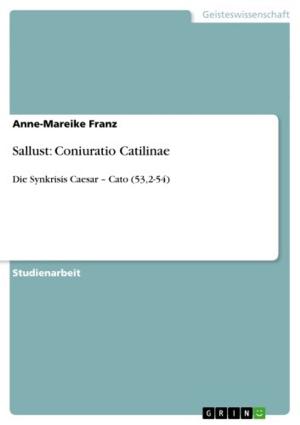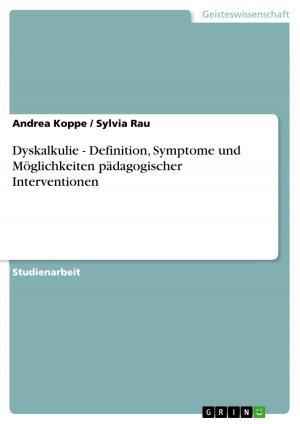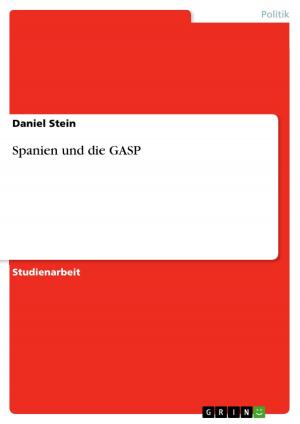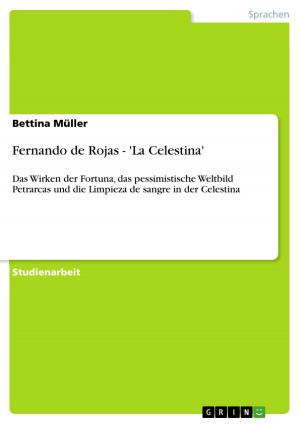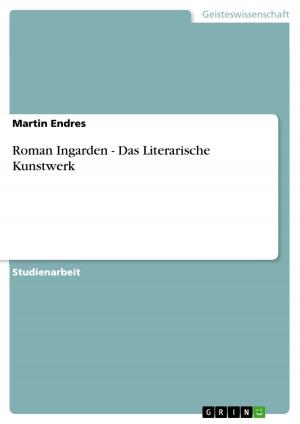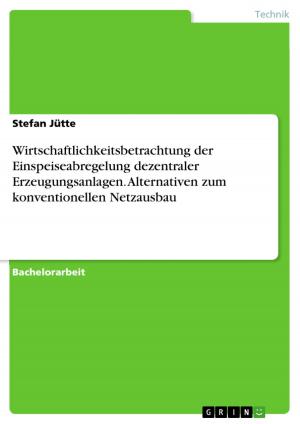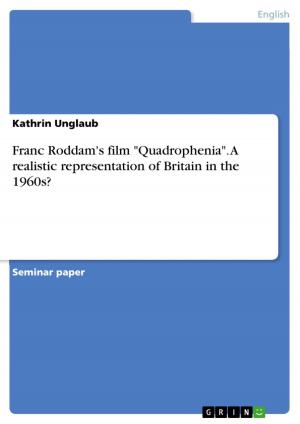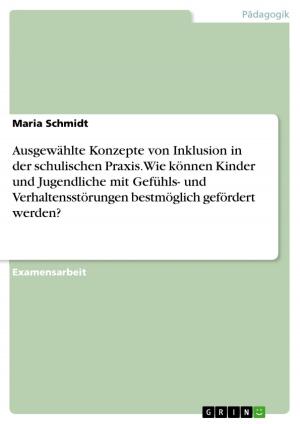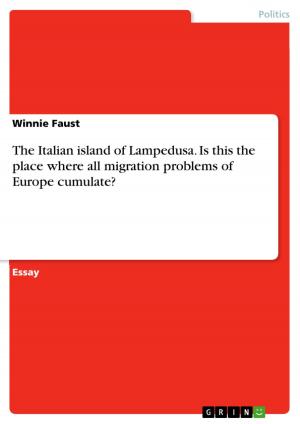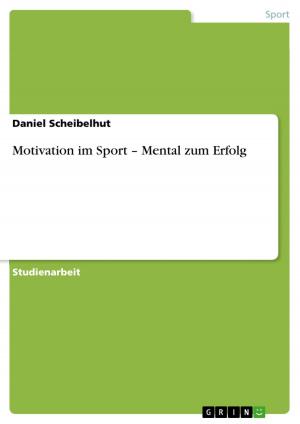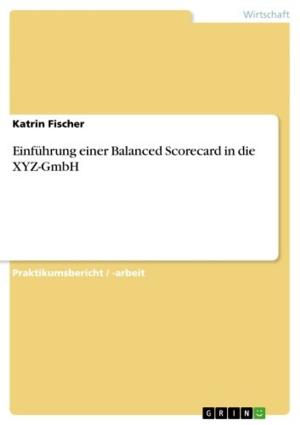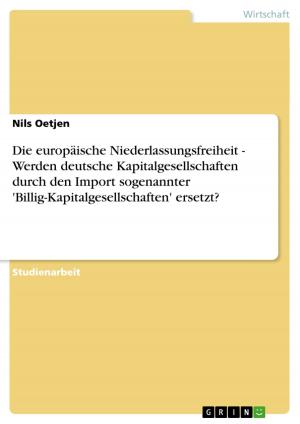Of History and Herstory: Story-Telling in Coetzees 'Foe'
Fiction & Literature, Literary Theory & Criticism, British| Author: | Daniel Milne | ISBN: | 9783640385959 |
| Publisher: | GRIN Verlag | Publication: | July 28, 2009 |
| Imprint: | GRIN Verlag | Language: | English |
| Author: | Daniel Milne |
| ISBN: | 9783640385959 |
| Publisher: | GRIN Verlag |
| Publication: | July 28, 2009 |
| Imprint: | GRIN Verlag |
| Language: | English |
Seminar paper from the year 2008 in the subject English Language and Literature Studies - Literature, grade: 1,0, Bielefeld University (Linguistik und Literaturwissenschaft), course: A Survey of British Literature, language: English, abstract: The South African J.M. Coetzee's novel Foe, written in 1986, serves as an example of how established narrative conventions can be altered and twisted by adopting elements from different narrative approaches, which are combined into an interesting, unique and well-rounded novel. In this term paper I would like to analyse the unconventional way in which the many stories of Coetzee's Foe are told. I will begin by closely examining the narrative situation, which - although it might appear so during the first reading - does not stay constant throughout the novel's discourse. In the second part of my analysis, I will concentrate on the level of the characters and the story, in which both a variety of stories are told as well as the perspectives are alternated perpetually. Finally, I will have a look at what I would call one of the novel's major storylines - the story about story telling itself. This 'meta-storytelling' (or 'meta-narration') is what binds all elements of Foe together to one cohesive piece of literature.
Seminar paper from the year 2008 in the subject English Language and Literature Studies - Literature, grade: 1,0, Bielefeld University (Linguistik und Literaturwissenschaft), course: A Survey of British Literature, language: English, abstract: The South African J.M. Coetzee's novel Foe, written in 1986, serves as an example of how established narrative conventions can be altered and twisted by adopting elements from different narrative approaches, which are combined into an interesting, unique and well-rounded novel. In this term paper I would like to analyse the unconventional way in which the many stories of Coetzee's Foe are told. I will begin by closely examining the narrative situation, which - although it might appear so during the first reading - does not stay constant throughout the novel's discourse. In the second part of my analysis, I will concentrate on the level of the characters and the story, in which both a variety of stories are told as well as the perspectives are alternated perpetually. Finally, I will have a look at what I would call one of the novel's major storylines - the story about story telling itself. This 'meta-storytelling' (or 'meta-narration') is what binds all elements of Foe together to one cohesive piece of literature.

